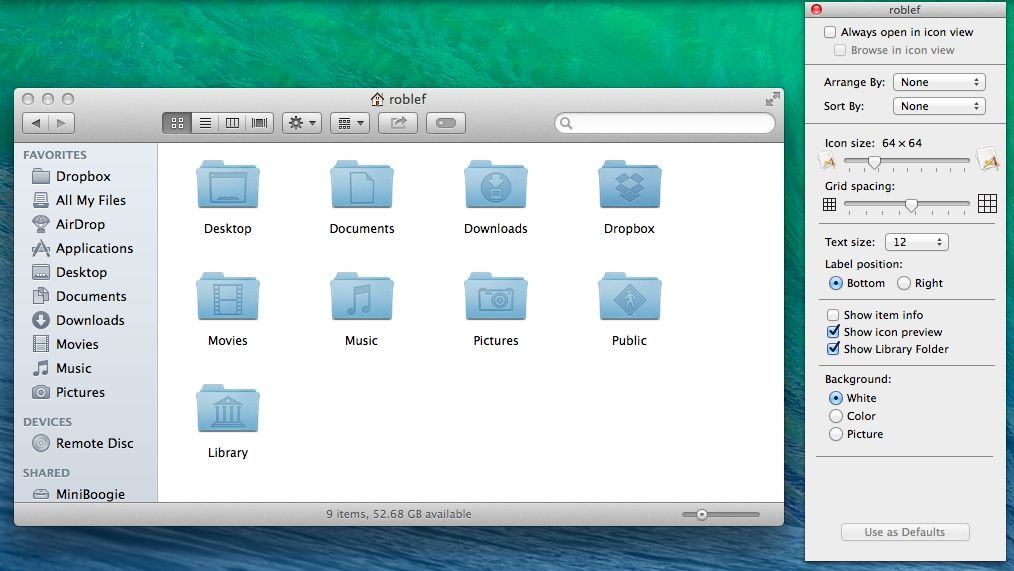

Alternatively for OS X systems, on local networks you can also use the system's bonjour name, which can be looked up in the "Sharing" system preferences immediately below the computer name setting (it should be the computer name followed by ".local"). Ssh most cases the host name will either be the fully qualified domain name of the server if one is assigned to it, or it can be the IP address of the server.

Once enabled, you can log into the system using an SSH client, which in most Unix terminals will be a command similar to the following: Do be careful that you do not specify a blank list of users, as this will prevent SSH connections from working properly. By default, all local users will have access, but you can restrict this list by specifying users. This will enable the service, but in addition you will need to specify which users may access the system via SSH. To set up a remote log-in session, you first need to enable SSH by checking the "Remote Login" service in the Sharing system preferences. In addition, be sure at least one user is permitted to access the SSH service. In setting up remote log-in, the system may show the IP address but you can also use the local bonjour name. Even if you are just starting out with running basic commands and scripts, the remote log-in service may be beneficial for running your tasks from remote locations. If you are a UNIX-guru or are otherwise familiar with the BSD command line interface, then Apple's inclusion of the remote log-in service "SSH" will likely be familiar to you. However, this service can be used for more than a text-based interface to running commands, and you can use it to create secured FTP connections and similarly mount remote folders on a local system using the SSH filesystem (SSHFS) protocol. Being a Unix-like system, Apple has included the popular SSH remote log-in service for administering the system via the command line. That said, any insights into why this would happen when using a solr service may also help to solve this problem.Remote access to a computer system is a convenient option to have, as it can allow you to change settings, get to your files and folders, or otherwise use the system without needing to be immediately in front of it.

Of course, wether or not they were specific to solr.

#Mac os x terminal ssh how to
Some side details : I'm running several hundreds of queries into a SOLR server that has over 100GB of data in a short time period.Īny hints on how to determine why my sshd mac os x terminal is dying and infinitely printing this message would be potentially very useful to me. I did the same test on my client, and found no significant increase in the number of open files. and found that the max number of open files allowed (on the aws server) was well above the amount of open files (also determined using ulimit) at any given time while the client program (running from my ide) is executing. To test which of the two machines was causing the infinite print outs of the error, I ran the ulimit command on the server. I want to find the cause of this behavior and pinpoint the machine which is causing my terminal to explode just unpridled, relentless print statements) I cant tell wether it's coming from amazon, or from my client terminal. I can't tell wether the ssh connection is still alive or not, and there is no text indicating which shell im in. where I have started my ssh tunnel) goes completely frozen, filling up with the String :īecause this infinite print is not associated with a bash terminal (i.e.
#Mac os x terminal ssh code
The code initially runs great getting data as necessary, but after running for a while, the code stalls (in eclipse).Īt this exact moment, the terminal (i.e. I have some code that runs several rest queries over a connection that is ssh forwarded to an AWS machine (fyi: these queries are hitting a Solr server running on this machine), and the queries run against my localhost (which is forwarded to the AWS instance).


 0 kommentar(er)
0 kommentar(er)
